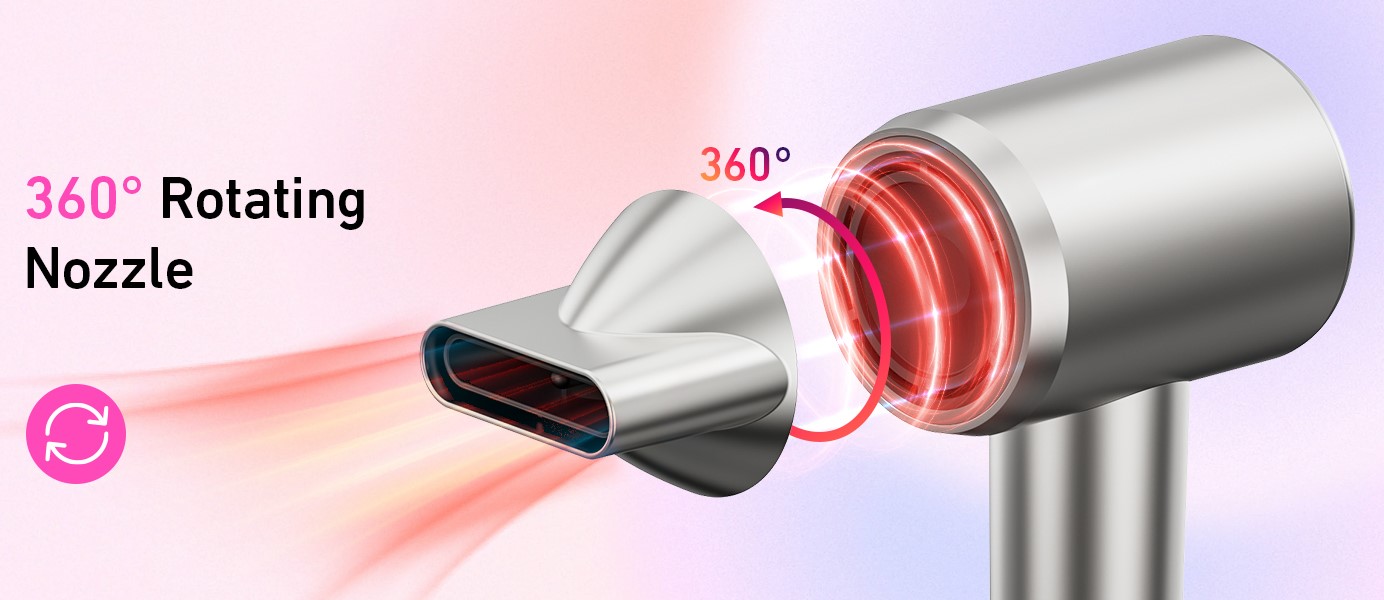
- Home
- Hair Dryer
- Preventing Circuit Breaker Trips When Using a Hair Dryer
Preventing Circuit Breaker Trips When Using a Hair Dryer
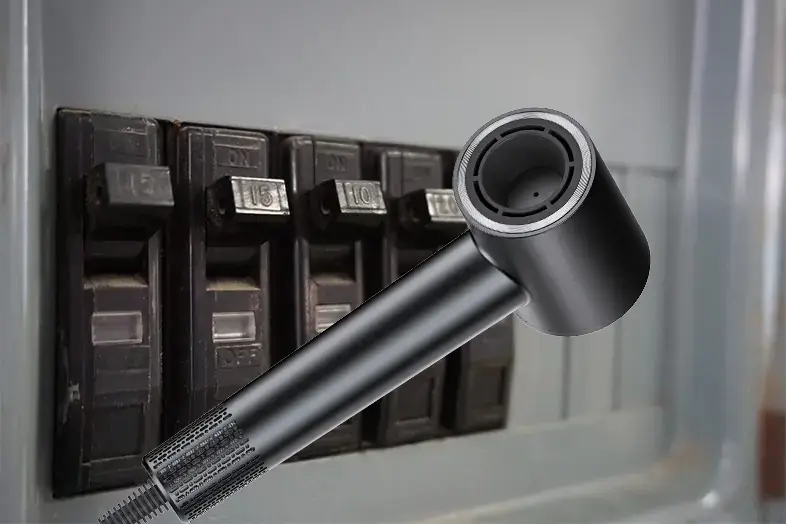
Hair dryers are a common household appliance, but their high wattage demands can put significant strain on residential electrical systems. When a hair dryer is in use, it draws a large amount of current to generate heat and airflow. This demand can sometimes exceed the capacity of the circuit it’s connected to, especially in older homes or when other high-power devices are in use on the same circuit. Understanding the electrical requirements of hair dryers and how they interact with your home’s electrical system is crucial in preventing circuit breaker trips, ensuring both safety and convenience.
Preventing circuit breaker trips is more than just avoiding the inconvenience of resetting the breaker. Frequent trips can indicate potential safety issues, such as overloaded circuits, which could lead to electrical fires. By understanding and preventing these trips, homeowners can ensure their electrical systems operate within safe parameters, extending the lifespan of their appliances and reducing the risk of damage to their electrical infrastructure.
Why Do Circuit Breakers Trip?
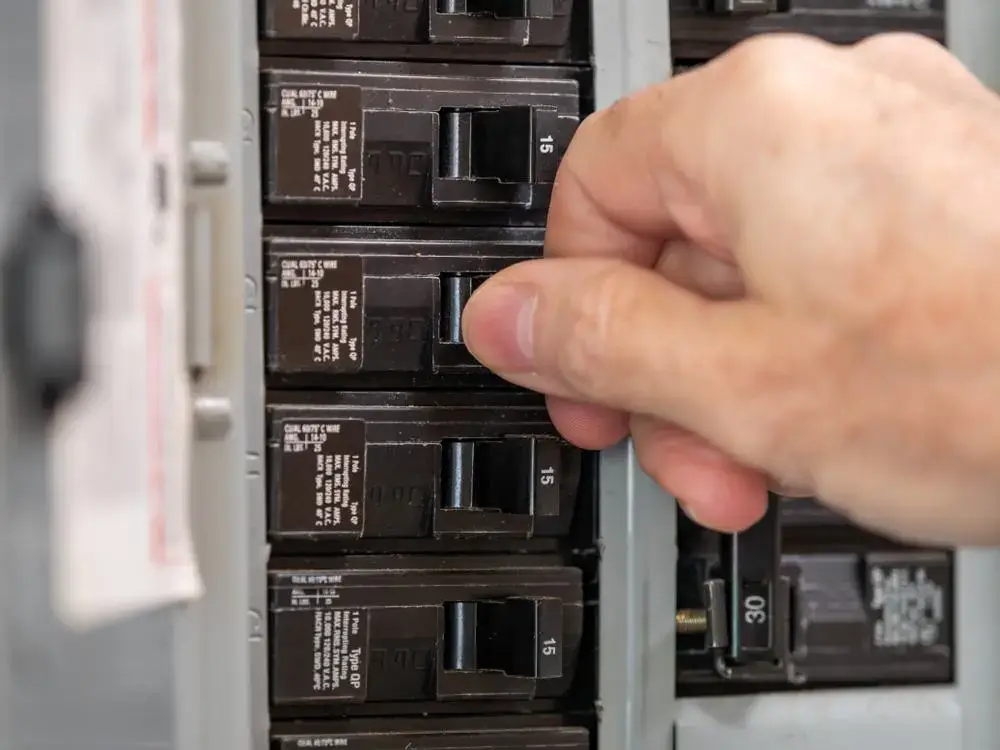
Basic Principles of Circuit Breaker Operation
Circuit breakers are designed to protect your home’s electrical wiring from overheating and causing fire hazards. They do this by automatically shutting off the electrical supply when the current flowing through the circuit exceeds its design limit. This can happen for several reasons, such as an overloaded circuit, a short circuit, or a ground fault. The breaker is a crucial safety mechanism that prevents electrical overloads and the potential for fires.
Common Reasons for Trips in Household Circuits
Several factors can cause a circuit breaker to trip, including:
Overloaded Circuit: The most common cause, occurring when too many appliances or devices are running simultaneously on the same circuit.
Short Circuit: A more dangerous situation where a hot wire comes into contact with a neutral wire, causing a significant increase in current flow.
Ground Fault: Similar to a short circuit, this occurs when a hot wire contacts the ground wire or the metal box, leading to an unsafe surge in current.
Hair Dryer Specifications and Electrical Requirements
Decoding Hair Dryer Wattage and Voltage

The wattage of a hair dryer typically ranges from 800 to 1800 watts, with some professional models exceeding this range. The voltage required by hair dryers can vary, especially in models designed for travel, but most are made to operate on the standard household electrical system of 110-120 volts in North America. Understanding the wattage and voltage of your hair dryer is essential for determining its impact on your electrical system and ensuring it is compatible with your home’s electrical capacity.
How Hair Dryers Contribute to Electrical Load
Hair dryers contribute significantly to the electrical load on your home’s circuits due to their high power consumption. When a hair dryer is used on a circuit that is already near its capacity limit, it can easily push the total load over the edge, causing the circuit breaker to trip. This is especially true in bathrooms, where GFCI outlets are standard, and other high-wattage devices, such as curling irons or straighteners, may also be in use. Recognizing the impact of hair dryers on your home’s electrical load is crucial for taking steps to mitigate risks and prevent circuit breaker trips.
Preventive Measures to Avoid Tripping
Choosing the Right Hair Dryer for Your Home’s Electrical Capacity
Selecting a hair dryer that matches your home’s electrical system is crucial in preventing circuit breaker trips. Start by understanding your home’s electrical capacity, particularly the amperage of circuits typically used for hair dryers. Look for hair dryers with adjustable settings, as lower wattage settings consume less power and reduce the risk of overloading circuits. Consider energy-efficient models that offer the same performance with less electrical demand. Always check the product specifications and compare them with your home’s electrical limits to ensure compatibility.
Tips for Safe Hair Dryer Use in High-Demand Circuits
Using a hair dryer on circuits that power other high-demand appliances can lead to trips. To avoid this, use the hair dryer during times when these appliances are off. Identify circuits in your home that are less burdened and use your hair dryer there. Additionally, plugging the hair dryer directly into a wall outlet rather than using extension cords can prevent potential overloads and minimize the risk of tripping the circuit breaker.
Electrical Upgrades and Solutions
When to Consider Electrical Circuit Upgrades
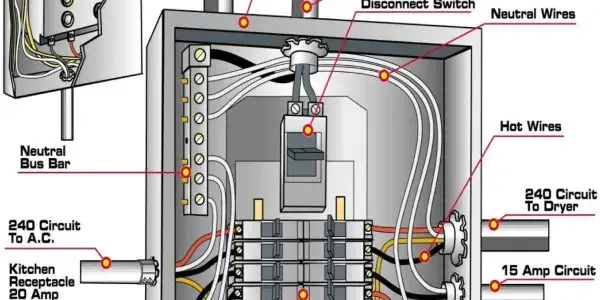
If you frequently experience circuit breaker trips when using a hair dryer along with other appliances, it may be time to consider upgrading your electrical circuits. Signs that you need an upgrade include using multiple high-wattage appliances simultaneously, outdated wiring, or a circuit breaker that trips regularly. Upgrading can involve increasing the circuit’s amperage, adding new circuits specifically for high-demand appliances, or updating the entire electrical system to accommodate modern electrical loads more safely and efficiently.
Professional Solutions for Circuit Breaker Management
Consulting with a professional electrician is advisable for managing and upgrading your home’s electrical system. They can offer solutions such as installing dedicated circuits for high-wattage appliances, replacing outdated circuit breakers with modern ones that have higher capacity and better safety features, and overall ensuring that your electrical system meets current safety standards. Professional assessments can identify specific issues and provide tailored solutions that DIY efforts might miss.
DIY Tips for Managing Electrical Load
Daily Practices to Minimize the Risk of Tripping
Incorporating simple daily practices can significantly reduce the likelihood of tripping your home’s circuit breakers. This includes spreading out the usage of high-wattage appliances throughout the day rather than using them simultaneously. Unplugging appliances when not in use also reduces the idle load on your electrical system. Regularly checking and maintaining your appliances for any signs of wear and tear can prevent unexpected electrical demands that lead to tripping.
How to Safely Use Multiple High-Wattage Appliances
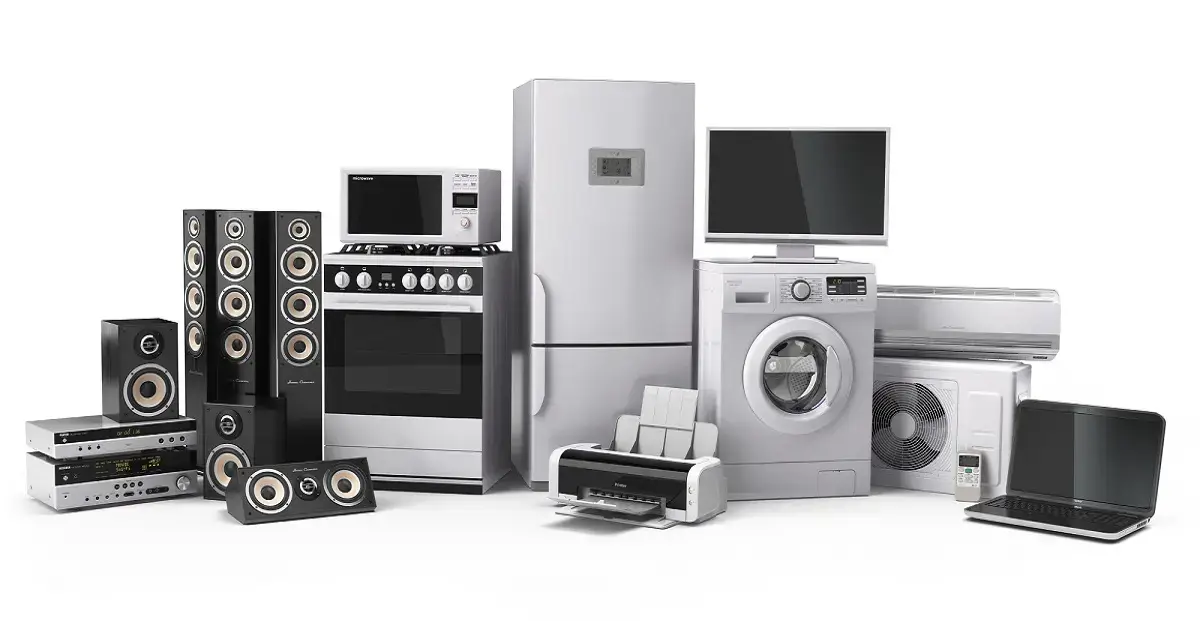
If you need to use multiple high-wattage appliances at the same time, planning is essential. Start by understanding the wattage of each appliance and the capacity of your electrical circuits. Use appliances on different circuits to balance the load, preventing any single circuit from being overloaded. Consider using a power management system or smart outlets that can help monitor and control the power usage of each appliance, ensuring that you stay within the safe limits of your home’s electrical capacity.
Understanding GFCIs and Their Role in Safety
What Is a GFCI, and How Does It Prevent Trips?

A Ground Fault Circuit Interrupter (GFCI) is a crucial safety device designed to protect against electrical shock and fire hazards in wet areas of your home, such as bathrooms and kitchens. GFCIs monitor the electrical current flow in a circuit. If they detect an imbalance, indicating that current is flowing along an unintended path (like through water or a person), they quickly shut off power to the affected circuit. This rapid response helps prevent electrocution and can also reduce the risk of fire by interrupting the flow of electricity when a fault is detected.
The Importance of GFCIs in Bathrooms and Kitchens
In bathrooms and kitchens, where the presence of water significantly increases the risk of electrical shock, GFCIs are not just important—they’re often required by building codes. Installing GFCIs in these areas safeguards against the risk of shock when using appliances, such as hair dryers, near water. Their ability to detect and interrupt ground faults makes them an essential component of home electrical safety, particularly in environments where the likelihood of such faults is high.
Troubleshooting Common Hair Dryer Issues
What to Do If Your Hair Dryer Keeps Tripping the Circuit Breaker
If your hair dryer consistently trips the circuit breaker, it may indicate an overload on the electrical circuit or a problem with the hair dryer itself. First, try using the hair dryer on a circuit with fewer loads to see if the problem persists. If the issue continues, inspect the hair dryer for any visible damage or defects. Sometimes, simply cleaning the lint and debris from the hair dryer’s filter can improve its efficiency and prevent overheating, which can cause circuit trips.
When to Replace or Repair Your Hair Dryer
Consider replacing your hair dryer if it frequently causes circuit breakers to trip, shows signs of damage, or is several years old. Modern hair dryers are more energy-efficient and come with safety features that minimize the risk of tripping breakers. If your hair dryer is relatively new but still causing problems, check if it’s under warranty for a possible repair or replacement. Always consult with a professional if you’re unsure whether to repair or replace your appliance.
Conclusion: Maintaining Electrical Safety and Efficiency
GFCIs play a vital role in protecting against electrical shock, especially in wet areas like bathrooms and kitchens.
Regularly inspect and maintain your hair dryer to prevent it from tripping the circuit breaker.
Consider the age and condition of your hair dryer when deciding whether to replace or repair it.
Maintaining electrical safety and efficiency in your home involves understanding the risks and knowing how to mitigate them. By recognizing the importance of GFCIs, addressing common hair dryer issues, and making informed decisions about appliance maintenance, you can ensure a safer home environment. Remember, electrical safety not only protects your appliances but, more importantly, safeguards you and your family from potential harm.
Popular Post

Ultimate Guide to Using a Hair Dryer with Nozzle for Styling

The Benefits of Using a Hair Dryer with a Diffuser




